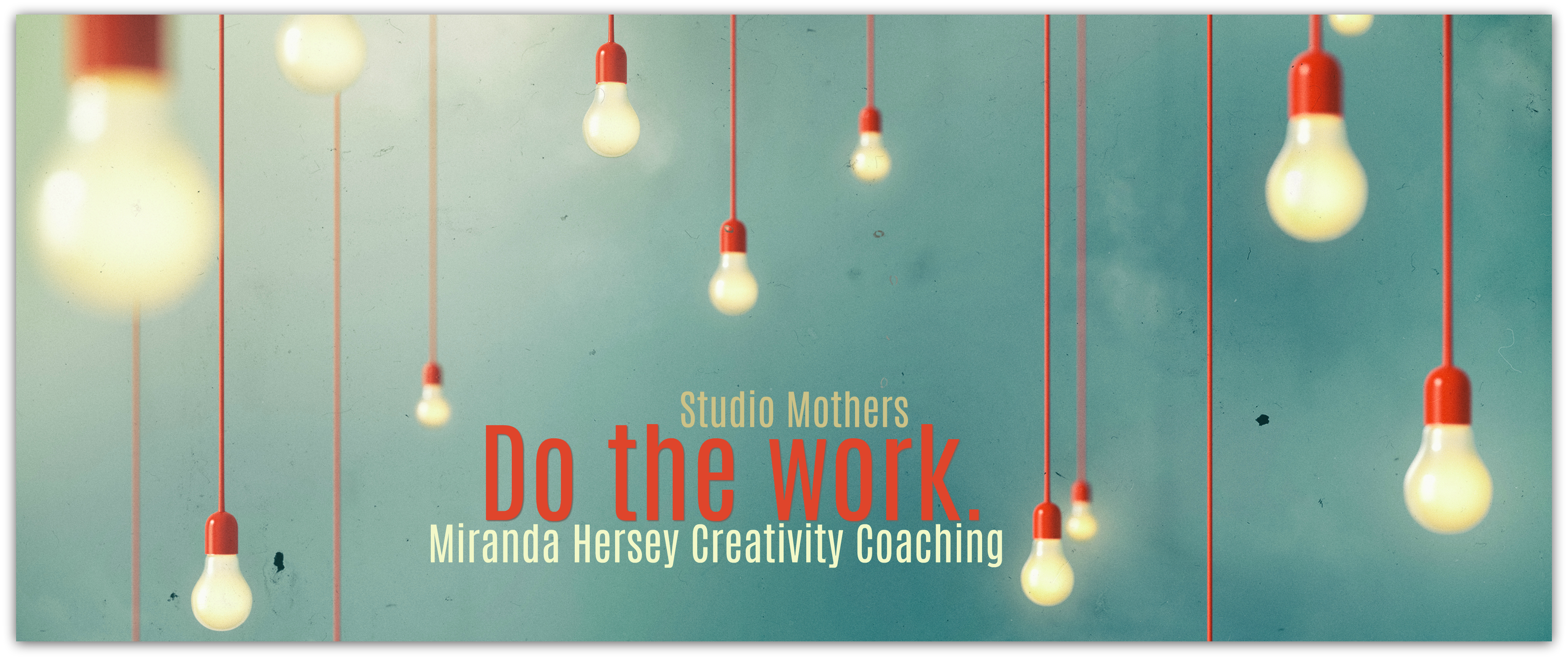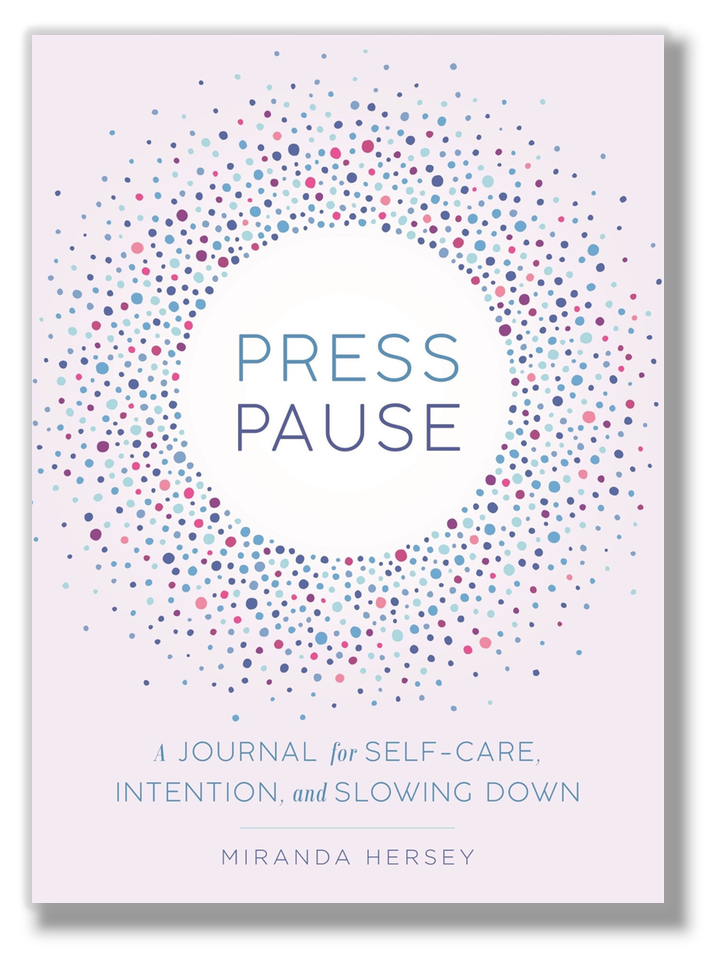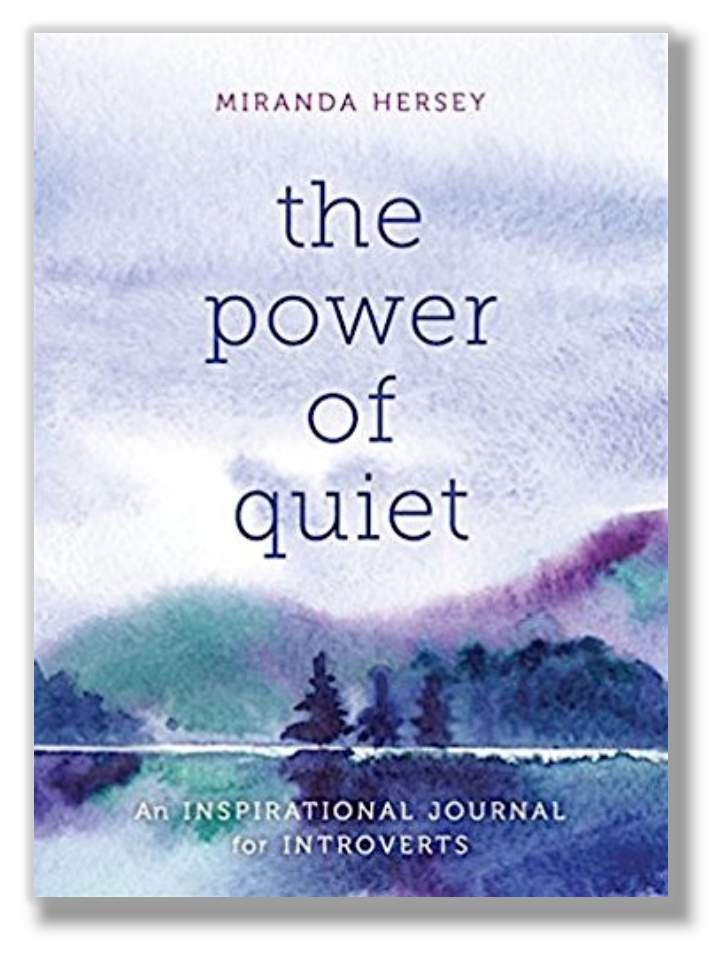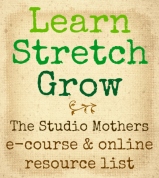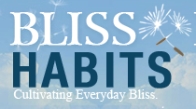Jane Gilheaney Barry is a writer, creativist, and curator of the lifestyle and creativity blog That Curious Love of Green. She is seeking representation for her first novel, a modern gothic tale, Cailleach, and editing her creativity book, A Complete Coming Out Guide For Creatives In Hiding, due for publication this year. Jane lives in Co. Leitrim in the North West of Ireland with her husband and children. You’re going to enjoy this bolt of inspiration from Ireland.

SM: Please introduce yourself and your family, Jane!
JB: I’m a writer, creativist, and curator of the lifestyle and creativity blog That Curious Love of Green. I live in the North West of Ireland with my husband Adrian, our children Shaylyn, Saoirse, and Sadhbh, and our cat Ernest Hemingway.
SM: Tell us about your artwork/creative endeavors.
JB: I’ve always been what you’d call highly creative but a few years ago I became deliberate with it and that changed everything.

I started the blog and within a year started writing my first novel, a modern gothic tale Cailleach, meaning witch, hag, or goddess. Since then I’ve taught myself to paint and written the first in a series of e-books on themes of creativity, food, and home. That Curious Love of Green: A Complete Coming Out Guide for Creatives in Hiding will be available for pre-order on Amazon in October.
SM: What goals do you have for your art? How would you define your “life’s work”?
JB: My goal is to be the best writer I can be and right now, to bring my books to publication. I’m trying the traditional route first with my novel and self-publishing my creativity e-book in October. My life’s work is to create, write, challenge, and inspire.
SM: How has motherhood changed you creatively?
JB: I don’t think it has. What I will say is I have an opportunity to impart a certain spirit to my children which might have been lost had I not embraced my own creativity. I’m certainly conscious of and grateful for that.
SM: Where do you do your creative work?
JB: It used to be wherever was cool, or warm, convenient, or quiet. For a short time I had a room of my own; that’s now a child’s bedroom. My current mode is wanderess. I create a space — right now it’s in the eaves of our bedroom — that moves according to the season. I find it helpful to have a dedicated space, but the stimulation of change is also important to me.
SM: Do you have a schedule for your creative work?
JB: Yes. I’d never have finished the books otherwise. It’s too hard, even when you love it. You have to create a habit. Since our youngest started school I spend two to six hours a day, five days a week. It was more difficult when they were babies. While writing the first draft of my novel I was getting up daily at 5:00 am to get the hours in before Adrian left for work. But I’m always creating, thinking, or talking projects to myself, the children, and Adrian. All day, every day of my life.
SM: What does creative success mean to you?
JB: For 39 years I dreamed of a writing life, a freer, more creative life. I only had one thing on my bucket list, and that was to write a book. And I knew I wanted to paint. At the point when I started the blog I felt blocked from all these things, from even the most basic of creative writing. I had no background, no training, no frame of reference. I thought this kind of life belonged to other people, “artist types.” I could not have been more wrong. That this is my life now, that I had the power to create it, I believe everyone does, and the democracy of it all. That is creative, is life success, for me. Plus I’ve learned how to slay creative blocks, that’s a success in itself.

SM: What makes you feel successful as a mother?
JB: My eldest girl will be 22 this December. And when I look at her I feel successful, so, fingers crossed for the next two. We had an art day yesterday with everyone sitting around the table writing, painting, and working on various projects. At different times both small girls headed outside, “for inspiration,” they told me. That felt good. I think I will feel successful enough if they can be themselves, think for themselves, and do what they want to do.
SM: What do you struggle with most?
JB: Protecting myself has been a learning curve; my time and energy. And rest. My tendency is to not rest or take care of myself, because I’d rather just work. Which is a way of taking care of myself. But not enough. I’ve improved, but I need to do more for my physical self.
SM: What inspires you?
JB: Everything inspires me, nothing is wasted, nothing is lost. High on my list is colour, nature, beauty, women, houses, weather, wild landscapes, creativity, thinking, and sibling relationships.
SM: What do you want your life to look like in 10 years?
JB: Not very different to how it looks now. More books I should think. And when my ship comes in to winter abroad; now that would be nice.
SM: What are you reading right now?
JB: My novel writing style has been compared to Daphne du Maurier. In my shock and delight I’m currently reading everything by her. Next on my list is Lolly Willowes by Sylvia Townsend Warner because I love witches, women, rebels, and irreverence.
SM: What are your top 5 favorite blogs/online resources?
SM: What do you wish you’d known a decade ago?
JB: How wonderful life was going to be.
SM: What advice would you offer to other artists/writers struggling to find the time and means to be more creative?
JB: Look at your day critically and see what, even small changes, you can make to support your creativity. We get so caught up in habits, routine, and with a set script for our days that we don’t make improvements. You have to become really conscious and solutions focused. Also, when planning your day schedule your creativity first. Everything else gets done anyway. Trust the process and put your faith in the work. All the answers are there. The answers to fear, doubt, worry, frustration. Just prioritise and do the work. The tendency is to focus on problems, on outcomes, and what people think, but the joy of your life is the work itself. It’s hard when children are small but every little bit you do adds up. So don’t wait. If it’s important to you you’ll find a way.
::::::
Connect with Jane here:

